
Electromagnetic compatibility principles and applications
正版保障 假一赔十 可开发票
¥ 111.54 6.6折 ¥ 169 全新
库存2件
作者赵阳
出版社中国科技出版传媒股份有限公司
ISBN9787030673916
出版时间2021-11
装帧平装
开本其他
定价169元
货号11612938
上书时间2024-10-26
- 最新上架
商品详情
- 品相描述:全新
- 商品描述
-
目录
Contents
Chapter 1 Introduction of Electromagnetic Compatibility 1
1.1 Electromagnetic Compatibility History and Basic Concepts 1
1.2 Electromagnetic Compatibility Standards and Measurement 2
1.2.1 FCC Standard 3
1.2.2 CISPR Standard 3
1.2.3 GB Standard 4
1.3 Electromagnetic Compatibility Terminology 4
References 6
Chapter 2 Conducted EMI Noise Generation Mechanism, Measurement and Diagnosis 7
2.1 Generation Mechanism and Analysis of Conducted EMI Noise 7
2.1.1 Common Mode and Differential Mode Definition 7
2.1.2 Conducted EMI Noise Generation Mechanism 8
2.1.3 Equivalent Circuit of Conducted EMI Noise 13
2.2 Conducted EMI Noise Measurement Method 15
2.2.1 Line Impedance Stabilization Network Structure 15
2.2.2 LISN Metrology Characteristic Parameters 17
2.2.3 Calibration of Measurement Characteristic Parameters 20
2.3 Diagnosis of Conducted EMI Noise 23
2.3.1 Principles of Conducted EMI Noise Diagnosis 23
2.3.2 Noise Separation Network 27
2.3.3 Noise Separation Network Characteristics Measurement Method 30
2.3.4 Experimental Verification 33
References 34
Chapter 3 Conducted EMI Noise Suppression Methods and Cases Study 35
3.1 Suppression Principle of Conducted EMI Noise 35
3.1.1 Internal Noise Suppression 35
3.1.2 External Noise Suppression 37
3.2 Suppression Methods of Conducted EMI Noise 40
3.2.1 Ground 40
3.2.2 Conducted EMI Noise Suppression Devices 51
3.2.3 EMI Filter 57
3.3 Suppression Case Study of Conducted EMI Noise 67
3.3.1 Case #No.1 67
3.3.2 Case #No.2 73
References 77
Chapter 4 Radiated EMI Noise Generation Mechanism, Measurement and Diagnosis 78
4.1 Generation Mechanism and Analysis of Radiated EMI Noise 78
4.1.1 Common Mode and Differential Mode Definition 78
4.1.2 Radiated EMI Noise Generation Mechanism 83
4.1.3 Equivalent Circuit of Radiated EMI Noise 88
4.2 Radiated EMI Noise Measurement Method 93
4.2.1 Anechoic Chamber Classification and Working Principles 93
4.2.2 Radiated EMI Noise Measurement Equipment and Composition 95
4.2.3 Radiation Emission Limitation 98
4.2.4 Requirements of the Device Under Test 99
4.3 Diagnosis of Radiated EMI Noise 100
4.3.1 Principles of Radiated EMI Noise Diagnosis 100
4.3.2 Near-field Wave Impedance Measurement for Radiated EMI Noise Diagnosis 103
References 105
Chapter 5 Radiated EMI Noise Suppression Methods and Cases Study 107
5.1 Suppression Principles of Radiated EMI Noise 107
5.1.1 Common Mode Suppression Principles 107
5.1.2 Differential Mode Suppression Principles 108
5.2 Suppression Methods and Analysis of Radiated EMI Noise 109
5.2.1 Common Mode Suppression Method 109
5.2.2 Differential Mode Suppression Method 131
5.3 Case Study 134
5.3.1 Case Study 1 134
5.3.2 Case Study 2 138
References 145
Chapter 6 Principle and Analysis of EMS: Static Electricity Mechanism and Protection 146
6.1 ESD Generation Mechanism 146
6.2 Electrostatic Protection Theory 148
6.2.1 Implementation Standards and Test Methods of ESD 148
6.2.2 ESD Suppression Device 152
6.2.3 ESD Suppression Method 156
6.3 ESD Case Study 1 163
6.3.1 Product Introduction 163
6.3.2 Problem Description 163
6.3.3 Problem Diagnosis and Analysis 164
6.3.4 Modification Measures and Theoretical Analysis 164
6.3.5 Final Modification Results 166
6.3.6 Summary 166
6.4 ESD Case Study 2 167
6.4.1 Problem Description and Diagnosis 167
6.4.2 ESD Protection Scheme 168
6.4.3 Experimental Results and Analysis 170
References 171
Chapter 7 Principle and Analysis of EMS: EFT Mechanism and Protection 173
7.1 Formation Mechanism of EFT 173
7.1.1 Mechanism and Analysis of EFT 173
7.1.2 EFT Interference Mechanism 176
7.2 EFT Protection Theory 177
7.2.1 EFT Standardization and Testing Methods 177
7.2.2 EFT Restraint Measures 182
7.3 Principle and Analysis of EMS: EFT Case Analysis 185
7.3.1 Analysis of EFT Case 1 185
7.3.2 Analysis of EFT Case 2 191
References 196
Chapter 8 Introduction of Other EMI Issues: CS, RS and Surge 198
8.1 Conducted Interference Susceptibility (CS) 198
8.1.1 Generation Mechanism and Analysis of CS 198
8.1.2 Implementation Standards and Test Methods of CS 198
8.2 Radio Frequency Electromagnetic Field Susceptibility (RS) 200
8.2.1 Generation Mechanism and Analysis of RS 200
8.2.2 Implementation Standards and Test Methods of RS 201
8.2.3 Test System and Test Method of Radiation Susceptibility in Anechoic Chamber 212
8.3 Lightning Surge 215
8.3.1 Generation Mechanism and Analysis of Lightning Surge 215
8.3.2 Implemental Standards and Test Methods of Lightning Surge 217
References 223
内容摘要
本书系统论述EMC基础理论和独特的工程应用。本书主要分为8章。第一章概述电磁兼容,包括发展历史、相关的标签和测试,并对一些基本概念进行说明。第2章和第3章讨论传导EMI噪声的产生机理、抑制方法和相关案例;第4章和第5章讨论辐射EMI噪声的产生机理、抑制方法和相关案例;第6章讨论电磁抗扰度问题,分析了产生机理;第七章从工程实践的角度,结合具体案例,探讨抗扰度抑制的相关原则和方案。第8章讨论其他电磁干扰问题,例如CS、RS和浪涌。
本书可作为相关专业本科生和研究生学习、研究的书籍。也可供相关研究机构、公司、培训机构等从事电磁兼容技术研究的工程技术人员参考。
精彩内容本书系统介绍了电磁兼容技术的基本知识、概念,以及国内外电磁兼容的技术标准,着重从工程实践的角度阐述电磁干扰噪声产生机理与应对策略。全书内容包括:电磁兼容工程基础知识;传导电磁干扰(CE)问题机理分析;辐射电磁干扰(RE)问题机理分析;电磁抗扰度(EMS)问题机理分析;电磁兼容问题应对策略以及电磁兼容工程应用(含电磁干扰(EMI)问题处理方法、电磁抗扰度(EMS)问题处理方法及工程案例分析)等。全书内容丰富,深入浅出,具有较强的实用性,将基础理论与工程应对策略与解决方法相结合,具有一定的工程指导实践性。
相关推荐
-
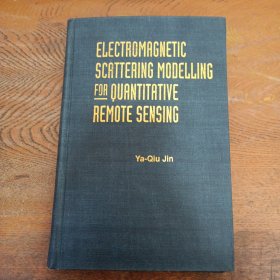
electromagnetic
八五品北京
¥ 200.00
-
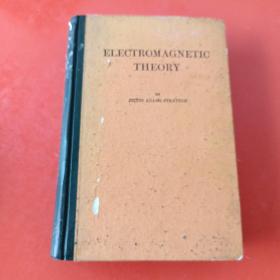
ELECTROMAGNETIC THEORY
八五品淮安
¥ 98.00
-
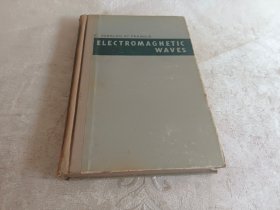
ELECTROMAGNETIC WAVES
八五品北京
¥ 40.00
-
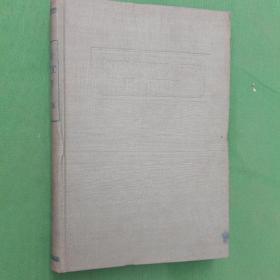
ELECTROMAGNETIC THEORY
九品北京
¥ 138.00
-
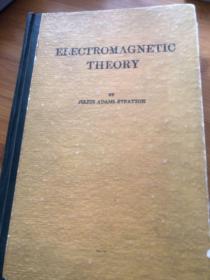
electromagnetic theory
八五品北京
¥ 90.00
-
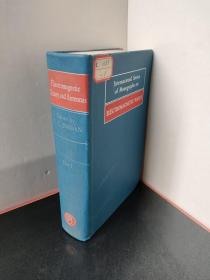
ELECTROMAGNETIC WAVES
九品西安
¥ 120.00
-
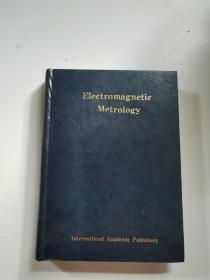
Electromagnetic Metrology
九品北京
¥ 70.00
-
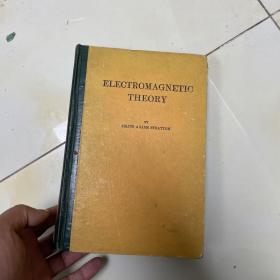
ELECTROMAGNETIC THEORY
八五品北京
¥ 100.00
-
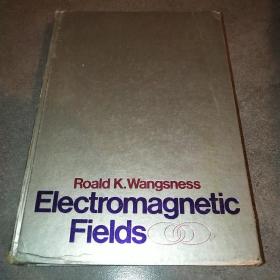
Electromagnetic Fields*
七五品昆明
¥ 150.00
-
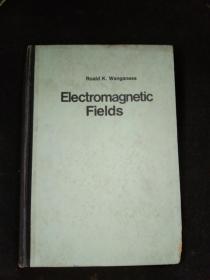
Electromagnetic Fields
八五品平顶山
¥ 115.00
— 没有更多了 —












以下为对购买帮助不大的评价